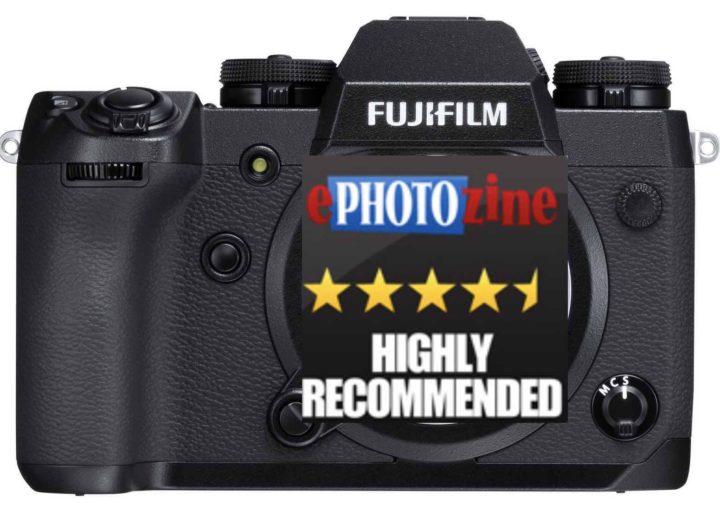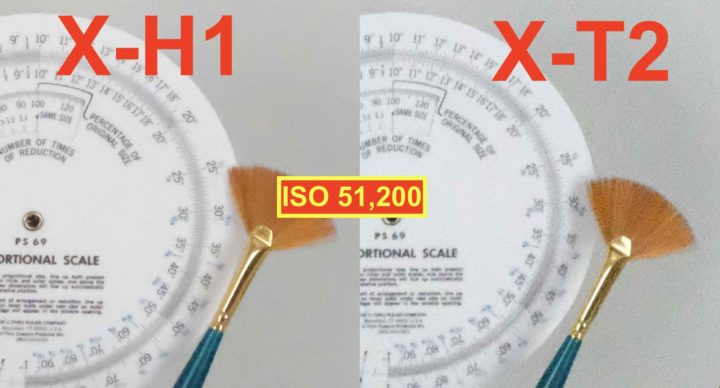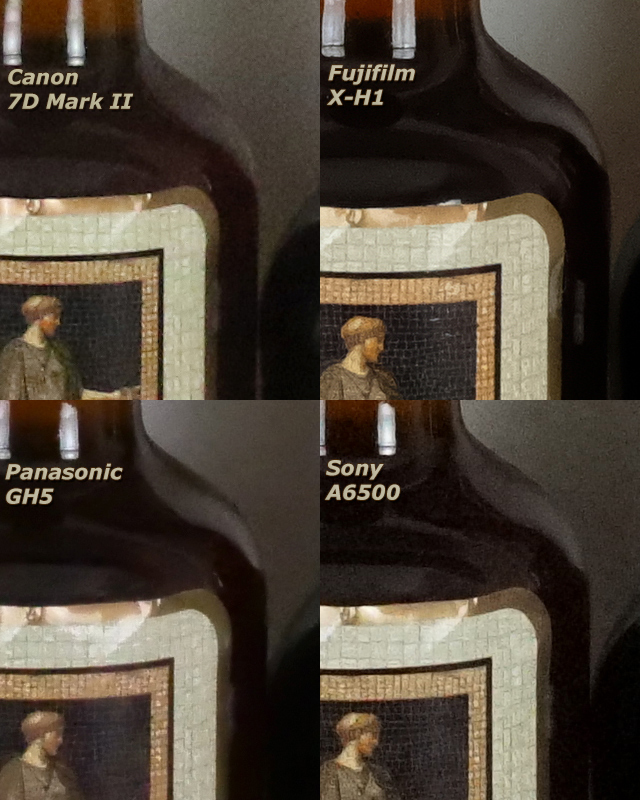Fujifilm X-H1 Vs. Panasonic GH5 Vs. Sony A7sII Video Features Comparison
Fujifilm X-H1 vs Panasonic GH5 vs Sony A7SII
It’s time for comparisons, and this time Vistek compares the video features of Fujifilm X-H1 with the Panasonic GH5 and the Sony A7SII.
Here is a summary for those of you, who can’t watch the video right now, but make sure to check it out later at Vistek Youtube.
Profiles Comparison
- X-H1: Super impressed with ETERNA profile. Great latitude and color. Shadow boost pretty nice and in post he even got some highlight detail back. He lost some highlight details in face, but he could probably get that back with further tweaks
- GH5: Panasonic Cine-D profile. Highlights quite blown out. Mid-tones seem quite milky
- A7SII: Set to PP5 and Cine 3. Highlights are super clippy and the profile shows the least amount of dynamic range. Despite that, he was able to tweak the exposure without roasting the skin highlights
- WINNER: X-H1, because ETERNA profile has the most dynamic range and requires less tweaking in post. FujiRumors summary: it makes life easier ;)
LOG Comparison (8 bit for Sony and Fuji, 10 bit for Panasonic)
- WINNER: Sony S-Log3, but he says that “I’m still not convinced that F-log isn’t quite as good though it would be nice to see it supported fully by Resolve“
High ISO
- ISO 3200: Sony looks good. Fuji has more grain and some artifacting. GH5 has most artifacts and grain
- ISO 6400: Sony looks like 3200. The X-H1 holds up quite well. No real color shifts. The GH5 has major color shifts.
- ISO 12500: for 24MP APS-C sensor, the X-H1 actually holds up quite well. Like on Sony no real perceivable color shift. It has more grain, but not unusable. You can probably clean up a lot in post and come up with a nice image. GH5 no comment.
- WINNER: Sony A7sII, but no surprise. The downside of the Sony: it’s a 12MP sensor, hardly serious photography specs. Best all-rounder for stills and video is the X-H1.
Video Autofocus:
- X-H1: not as responsive as he would have hoped, but when it works, it works. [Firmware Update, Fuji?]
- GH5: often sluggish or completely non responsive
- A7sII: snappy and accurate. By far best AF in video of the 3 cameras
- WINNER: A7sII
IBIS:
- Larger sensor is going to be less stable than smaller sensor.
- WINNER: GH5, followed by X-H1 and last A7sII.
Button Design and Layout
- X-H1: simple, clean and easy to use
- GH5: very intuitive, but also a bit cluttery, which slows the reviewer down a little bit. Has a fully articulating screen. Good for vloggers.
- A7sII: everything is in weird places. It doesn’t feel intuitive.
- WINNER: He does not want to declare a winner, because it depends on your taste… but the X-H1…. ;)
Fujifilm X-H1: BHphoto, AmazonUS, Adorama, Focuscamera
Follow FujiRumors on Facebook, RSS-feed, Instagram, Youtube and Twitter
Fujifilm X-H1 Coverage: X-H1 facebook group + X-H1 facebook Page




